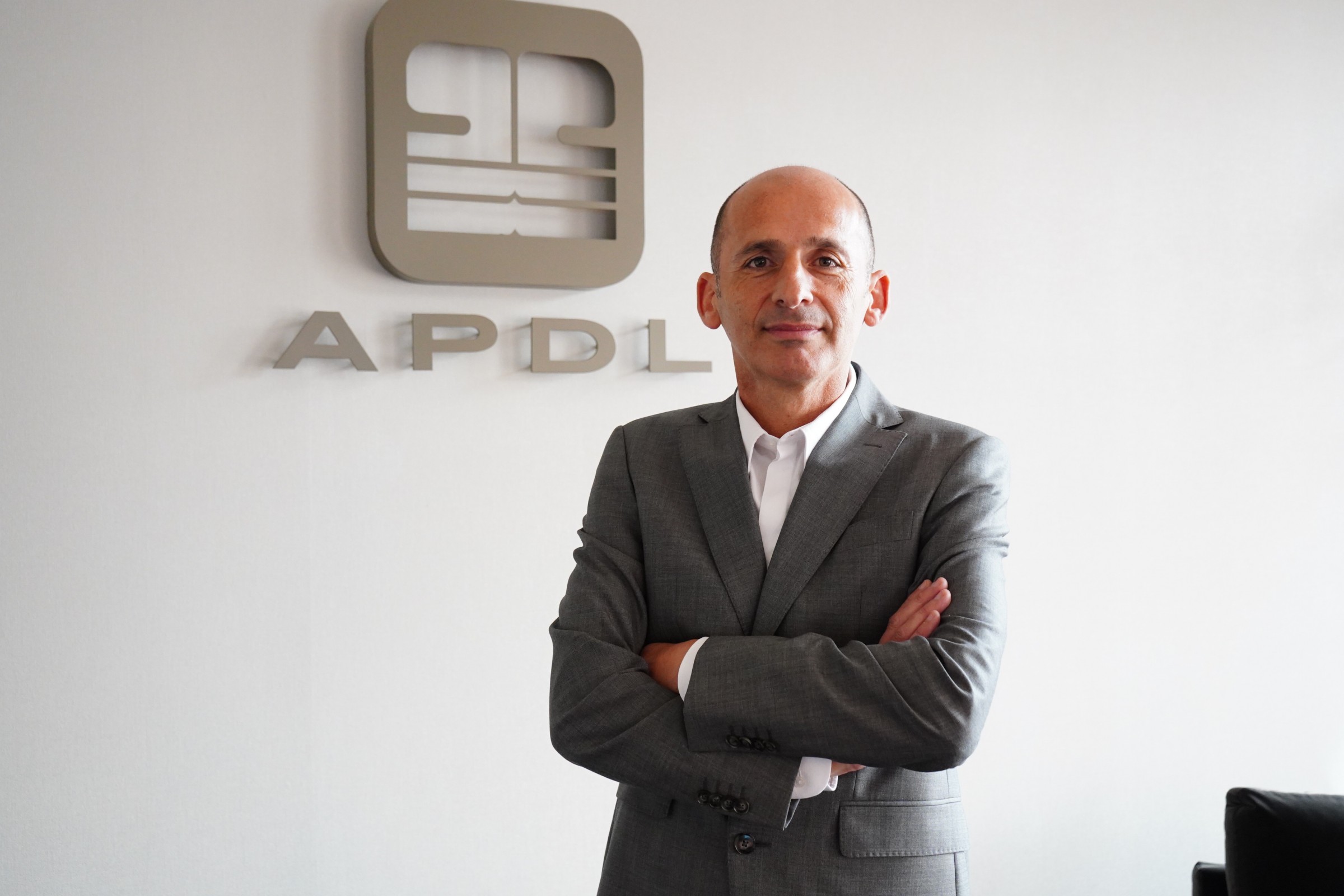04 October 2023
Our port pro of the month is Mr. João Neves, President of APDL - Administração dos Portos do Douro e Leixões e Viana do Castelo, the Administration of the ports of Douro, Leixões and Viana do Castelo in Portugal. In what follows, you will read more about investments in sustainable ports, the energy transition, and much more. Discover the other interesting topics our port pro of the month addressed below!
Can you briefly tell us about APDL - Administração dos Portos do Douro e Leixões e Viana do Castelo? Which ports are you representing? What is the governance model? What are the main characteristics?
The Administration of the ports of Douro, Leixões and Viana do Castelo (APDL) operates as an entity within the framework of the Public Corporate Sector in Portugal. The company's capital is exclusively owned by the state, through the Directorate General of Treasury and Finance. Its primary mandate involves the management and administration of the ports of Leixões and Viana do Castelo, along with the Douro Inland Waterway. In a recent development, we have taken up a pioneering role within the realm of port authorities. Specifically, we have taken on the responsibility of overseeing the management of two rail terminals situated outside the port vicinity, namely, Guarda and Leixões. The primary mission of APDL is to facilitate the economic progress of all associated facilities. The organisation has an approximate workforce of 280 dedicated professionals, with its headquarters located at the Port of Leixões, situated in Leça da Palmeira within the Oporto Metropolitan Area.
The Port of Leixões plays a pivotal role in the transport sector, handling a substantial annual volume of over 15 million tons of goods and 700 thousand TEUs. It caters to a diverse range of cargo vessels and include also cruise ships. Moreover, the port holds significant economic significance, contributing to 6% of total employment in Portugal and 11% in the North Region. It also represents 11% of the region's GDP and 6% of the national GDP. Notably, it serves as the primary export gateway for the country, exerting a considerable influence in bolstering the industrial and business landscape of the North Region. It's worth mentioning that the majority of cargo operations at the Port of Leixões are managed by private sector entities, with the exception of passenger and Ro-Ro services.
Since 2015, the Port of Viana do Castelo has been under the administration of APDL. Its facilities encompass a Roll-On/Roll-Off terminal, an asphalt terminal, and two cement terminals. Additionally, the port complex includes a fishing port, a recreational port, and an industrial port. This industrial port is home to the largest shipyard in Portugal and a prominent manufacturer in the wind energy sector.
The Douro Inland Waterway extends 208 kilometers from the Atlantic Ocean to the Spanish border at Barca D’Alva. It accommodates a variety of vessels, offering diverse tourism experiences, ranging from short-term tours to week-long cruises from Porto to Barca d’Alva, hosted on hotel boats. The Douro River has witnessed a consistent growth in passenger traffic since 2016, with an annual influx of 1.6 million passengers, further highlighting its appeal as a key tourism destination.
What is your long-term vision for APDL?
In 2016, APDL formulated the Strategic Plan for the Ports of Leixões and Viana do Castelo, as well as the Douro Inland Waterway, covering the period from 2017 to 2026. Despite the plan's scheduled conclusion still being three years away, recent developments at the Port of Leixões have obliged APDL to recognise the need to revise and update its Strategic Plan for this specific business unit.
Several key factors have contributed to this decision, notably the closure of the Matosinhos Refinery, which has had a significant impact on port activities and necessitated the optimisation of infrastructure layouts. Additionally, the requirement to plan and execute tendering processes for new port concessions, the rapid evolution of digitisation and energy transition initiatives within the maritime-port sector, and the transformation from a port infrastructure manager to an entity overseeing multimodal networks encompassing rail terminals, dry ports, and logistics platforms have all played pivotal roles in this strategic reassessment.
The forthcoming Strategic Plan will be crafted with a keen awareness of market dynamics and emerging trends in both the business and technological spheres of the maritime-port industry, while keeping our vision of aiming to consolidate our position as a national and international reference in the sector.
The core objectives of this revised Strategic Plan encompass a comprehensive re-evaluation of port planning and a complete roadmap for navigating the energy transition. Additionally, it will include an in-depth analysis of vertically integrated logistics chains, the direct management of railway terminals, dry ports, and hinterland logistics platforms, as well as a critical review of selected infrastructure investments. These strategic initiatives are geared towards ensuring the continued growth and success of APDL as we adapt to the evolving landscape of the maritime-port industry.
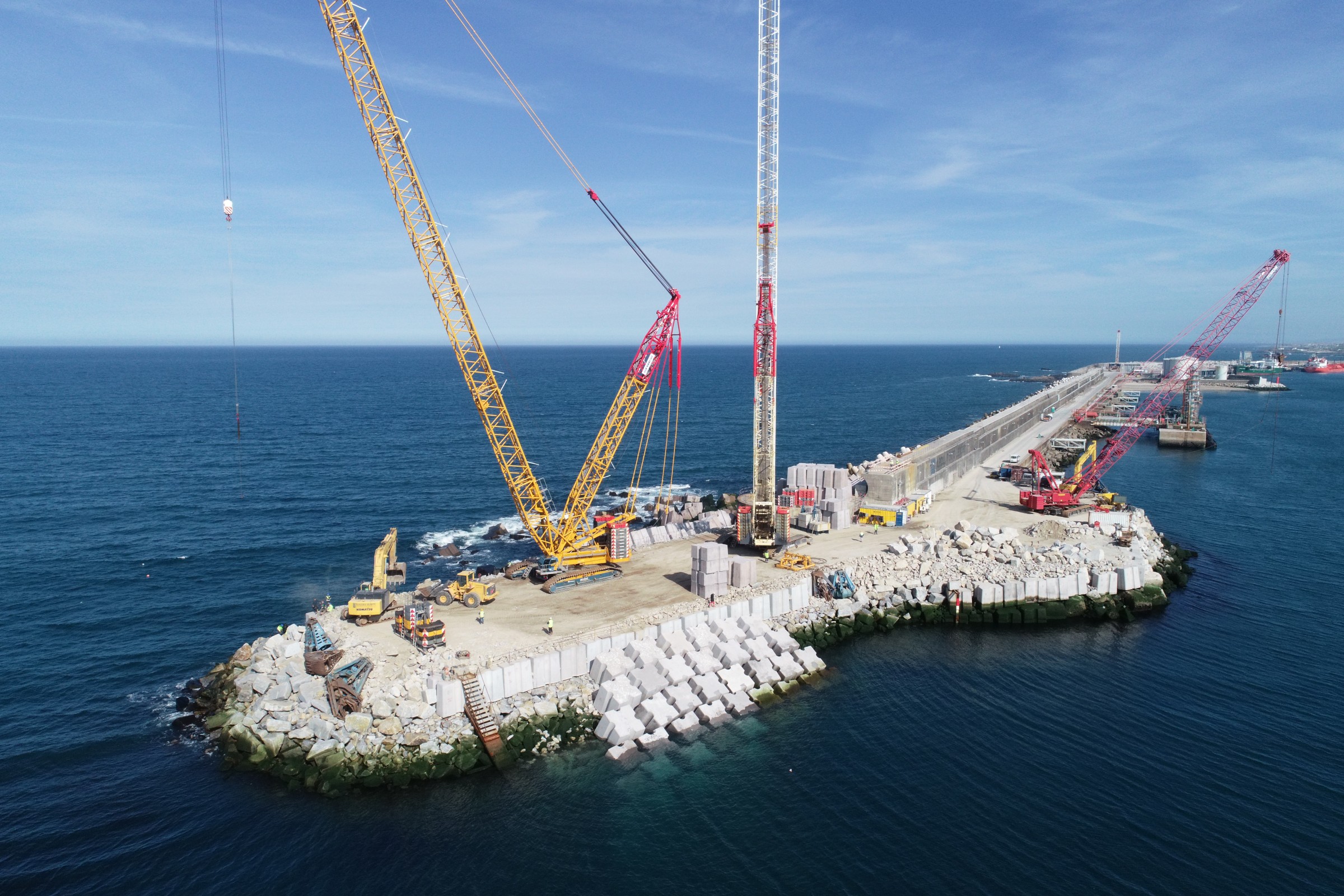
What are the main investment projects for the coming years? Could you briefly describe the importance of these investment projects for the ports and the cities?
The Port of Leixões is the largest port for hinterland container operations and Ro-Ro traffic within the country, and the second-largest port in terms of total cargo throughput. To maintain its role in the North Region and in the country, supporting the development of the business and industrial fabric, the port of Leixões is currently proceeding with the investment in the extension of the outer breakwater by 300 meters and in the deepening of the entrance channel to -16.85 meters and the rotation basin to -15.5 meters deep.
These works will make it possible to improve the safety and navigability conditions of the port of Leixões, enabling the entry of larger ships and, consequently, restoring its former capability to accommodate up to 70% of the global maritime fleet.
This investment will serve current maritime traffic, allowing for safer and easier accessibility, and create conditions for the reception of larger cargo ships, namely 300 meters long, 40 meters wide and 13.7 meters draft, typically corresponding to around five thousand TEUs of capacity.
This ongoing investment will also enable the realisation of a future new container terminal which, in addition to increasing the efficiency of operations, will allow a significant increase in installed capacity, ensuring an adequate response from the Port of Leixões to the needs of the region for many years.
Furthermore, construction work is set to commence at the Dock 1 North that entails the replacement of the existing pier with a new structure, thereby ensuring proper alignment and establishing a continuous dock front along the northern side of the port, west of the drawbridge. Additionally, the adjacent Ro-Ro Ramp will be widened to a width of 36 meters, and the pier capacity will be enhanced, increasing it from five tons per square meter to eight tons per square meter.
These projects are essential for the modernisation of Leixões and will have significant results in improving the operation of the port, reducing the costs of maritime transport, translating into macroeconomic stimuli and job creation.
In addition to being sustainable from an environmental point of view, this project constitutes an opportunity for strategic development and high potential for the Port of Leixões, contributing to its development.
The cruise business is a core activity for APDL. Working on the sustainability of cruise business is high on the political agenda. In ESPO Code of practice on cruise and ferry, we advocated for the efficient use of cruise port infrastructure, and Porto is a good example in that respect. Can you explain us why? What are the other challenges?
Following the substantial disruptions experienced by the global cruise industry in 2020 and 2021 due to the COVID-19 pandemic, the Port of Leixões witnessed a noteworthy resurgence in cruise activity over the course of the past year. Throughout the first quarter of 2022, cruise operations continued to respect rigorous health and safety protocols, particularly with regard to limiting the passenger capacity. Despite this, the Port of Leixões achieved a remarkable milestone in 2022, with a total of 112 cruise ship calls, surpassing the previous record of 101 calls set in 2019. In terms of passenger numbers, the port welcomed 108,626 passengers, which is an important increase of 22.5% when compared with 2019.
The anticipated continued expansion of the cruise industry underscores the need for a comprehensive reevaluation and broad dissemination of sustainability initiatives throughout the sector, with the overarching goal of achieving industry-wide climate targets. The pivotal component is fostering close collaboration among all stakeholders within the cruise tourism industry. At the moment, the most important way to realise emission reductions comes from the use of LNG combined with exhaust gas cleaning systems ("scrubbers") to mitigate toxic emissions. However, it is important to acknowledge that this approach is still using fossil fuels and may not be a sustainable long-term solution.
Connecting to an onshore power supply installation (OPS) cuts emissions in the port but is only truly energy-efficient if the power source is renewable. It is also designed for cruise lines and ports needing to invest in parallel. Space limitations often encountered by cruise ports, render the implementation of OPS a challenge.
Given the nature of the industry, it is evident that there is no universal solution. Long-term prospects entail exploring alternatives such as hydrogen and biofuels, including bio methanol, transitioning to battery technology, or harnessing auxiliary power from renewable sources. One needs to acknowledge that these technologies have not yet reached a state of maturity suitable for deployment on cruise vessels. As such, uncertainties persist regarding their future cost-benefit dynamics and regulatory preferences, adding complexity to the decision-making process within the cruise industry.
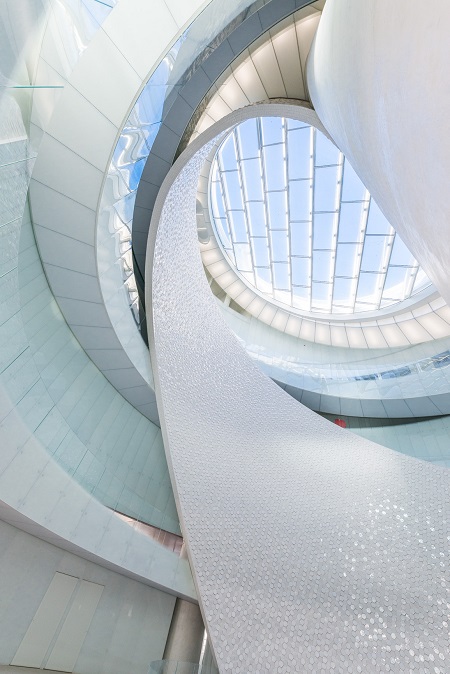
With its Green Deal, REPowerEU plan and Net-Zero Industrial Plan, the EU aims to have a climate-neutral economy by 2050. What are the measures APDL is adopting to achieve carbon neutrality by 2035? What role can APDL play in decarbonising the logistic chain?
APDL's vision is to be an international reference port in southern Europe in the transition to a new energy system based on the use of its own natural resources such as the sun, the wind and the waves, with the ambition of being a self-sufficient port with zero emissions. Our strategic objectives include ensuring carbon neutrality by 2035, the implementation of renewable energies as the main source of energy in the port and to be self-sufficient and to be an active participant in the decarbonisation of maritime and land transport while aiming for a progressive improvement of air quality in areas adjacent to the port and the reinforcement of port-city relations.
It is APDL's objective to ensure the implementation of our Roadmap for Energy Transition by 2035, anticipating the European goals and objectives of 2050. The roadmap includes seven major areas of action: decarbonisation of activities, electrification of terminals (OPS), alternative fuels, renewable energy production, digitisation, renewal of the electricity grid and monitoring of air quality.
In the short term, as of today, projects are already underway for the implementation of OPS (Onshore Power Supply) as part of the "EALING - European flagship action for cold ironing in ports" project. This includes the development of "Front-End Engineering Design (FEED) Studies" and Environmental Studies, with the aim of initiating the process for their design and construction in 2024.
Across various points within the three business units, charging stations for light vehicles already exist, as well as areas designated for charging heavy vehicles at the Port of Leixões. Regarding wind energy production, we are currently engaged in wind characteristic monitoring efforts, aimed at enabling the installation of a wind turbine with a capacity of 4.2 to 5.6 MW by 2025.
In the realm of solar energy, APDL will proceed with the installation of a 1 MW solar self-consumption production unit on the roofs of the administrative buildings and adjacent parking areas at its headquarters in Leça da Palmeira in the second half of 2023. This marks the initial phase of the investment in green energy to power the Port of Leixões, allowing for approximately 10% of the port's consumption to be met. This is especially significant considering the port's annual electricity consumption of around 15 GWh. In a subsequent phase, we will install a photovoltaic production facility for self-consumption on the roofs and adjacent spaces of the Main Entrance and Logistics Platform hubs at the Port of Leixões, both falling under APDL's jurisdiction. This installation will possess a capacity exceeding 0.5 MW, further enhancing the green energy mix and boosting the port's resilience. This energy will contribute to the port's energy self-sufficiency and decarbonisation efforts, being used for port activities and operations.
In the realm of alternative fuels, APDL is part of the H2Driven consortium, within the framework of mobilising agendas, in which it plays a significant role. This project aims to build a 40 m3 tank at Port of Leixões and demonstrate green e-methanol for fuelling tugs and other harbour ships. The use of methanol at ports is of critical relevance since marine engines working with e-methanol meet IMO Tier III emissions of NOx and do not contribute to net CO2 emissions. Accordingly, this project aims to demonstrate the environmental impact of using e-methanol to fuel ships and assess the engine’s performance. The proposed storage tank size well fits the production rate of the e-methanol pilot plant during 1.5 months of operation and is large enough to fuel several tugs. The tank and dispenser will also allow training of the personnel at the harbour to handle this chemical safely and identify the best technologies and mitigation actions to prevent and deal with possible accidents.
APDL has expertise is several fields of IT and has developed several inhouse applications for the digitalisation of document procedures to increase the speed and efficiency of cargo handling processes, and is developing a digital twin of the port.
Lastly, there are several ongoing initiatives aimed at generating alternative energy within the port ecosystem, making it more environmentally sustainable. Examples of such projects include wave energy production (such as the "Corpower" installation in Viana), wind energy production ("WindFloat," also located in Viana), and plans for installation at the Leixões Oil Terminal. Additionally, pilot projects are being developed to supply energy to vessels at the Leverinho and Freixo Docks along the Douro River Navigation Channel.
Would you call yourself an energy port? If so, how do you anticipate the projected changing energy landscape in Europe? Within this changing energy landscape, what are the business opportunities for your ports? What will be the main challenge?
The energy transition holds a prominent position on the priority list of European ports. These ports, serving as significant economic players with a strong sense of purpose, aspire to become active partners in the process of reducing carbon emissions in both port operations and the broader supply chain. Moreover, ports have the potential to make favourable contributions to a sustainable economy by functioning as centres for clean energy. While the primary focus of Europe's ports remains the facilitation of maritime and hinterland transportation for goods and passengers, establishing essential links in the supply chain, they also possess the capability to play a pivotal role in Europe's emerging energy landscape.
With the ongoing energy transition in Europe, new business opportunities are emerging for ports. They can play a significant role in the storage and distribution of renewable energies, such as wave, wind, and solar energy. Furthermore, the growing demand for electric vehicles and other clean technologies can lead to an increase in the transport of batteries and other energy-related components. On the other hand, it should be noted that various national and international projects involving the installation of offshore wind turbine parks heavily depend on the responsiveness of ports. As a result, a substantial investment in port infrastructure for offshore renewable energy will be necessary, along with collaboration among ports, industries, and government agencies to collectively identify solutions. By getting involved early in the offshore wind energy market, ports can establish a favourable position among developers, reduce dependence on declining fossil industries, and diversify their markets.
One of the main challenges for ports is the need to adapt to new technologies and infrastructures required to handle renewable energies.
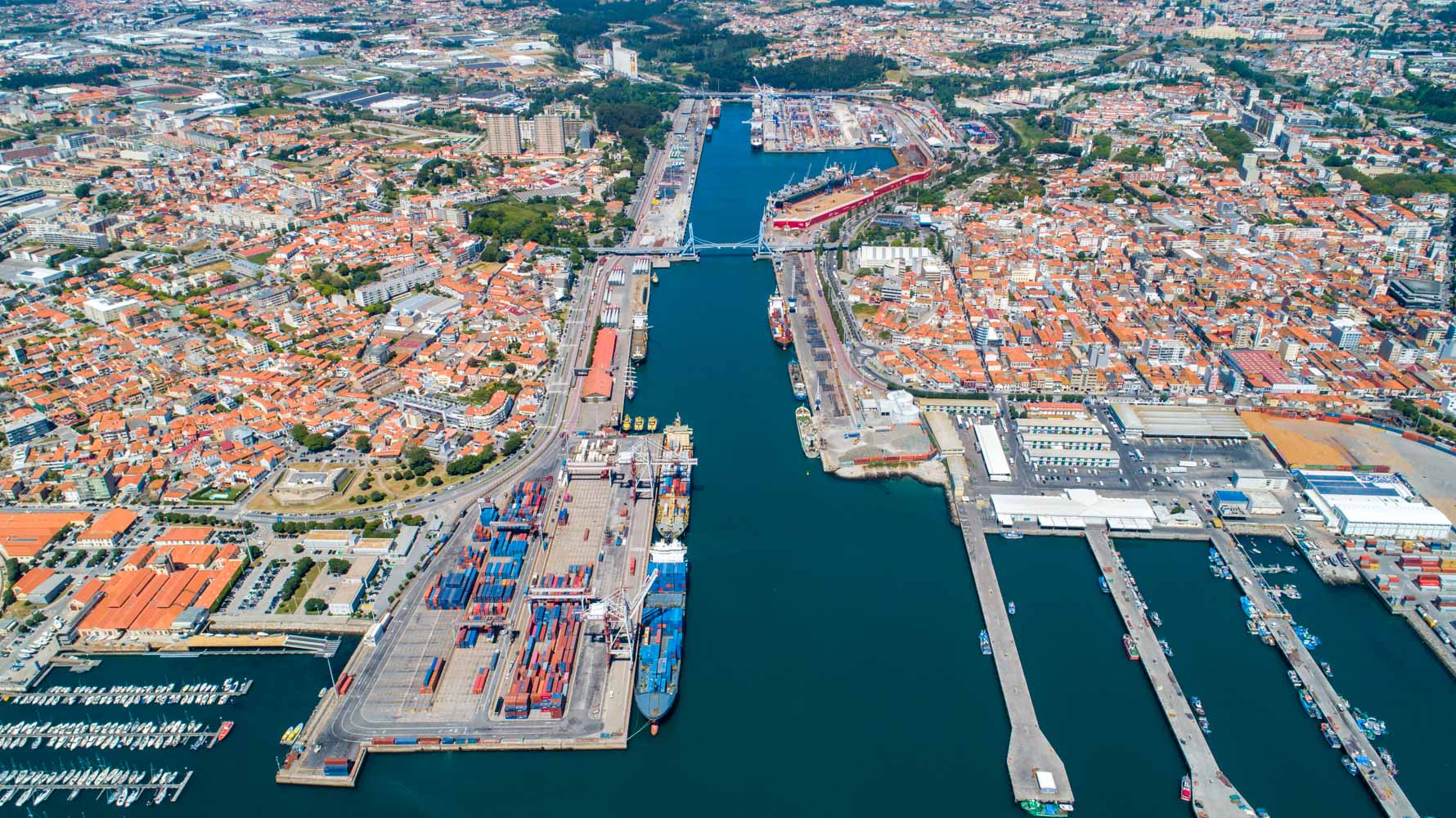
APDL is aiming to deploy onshore power supply (OPS) for some of the ship types calling at the port. How many quays will be equipped with OPS? Which ships will be able to connect to it? How will this be financed, and what stakeholders are involved in contributing to the deployment of OPS? Are for instance shipping companies and individual terminals participating in making the deployment of OPS possible in your port?
The electrification of port terminals is another action plan included in the roadmap and which will have to be properly implemented in compliance with European regulation. This is highly relevant to fulfil the port’s decarbonisation goals, since about 79 % of our CO2 emissions originate from ships in port.
The installation of OPS throughout the entire port will require upgrading the network capacity to meet demand, accomplished through the construction of a new electrical substation, the design of which is underway, and the deployment of a new 30kV medium-voltage network within the port. These are projects that need substantial investment, estimated at 45.3 M€, both in equipment acquisition and in adapting the electrical grid to this new reality.
According to our roadmap, in line with the diagnosis made and the characteristics of the fleets serving Leixões, 10 quays will be equipped with OPS. The first docks that will be electrified will be the Ro-Ro terminals, considering the relatively low power required and the regularity of docking.
This measure is expected to result in the annual elimination of up to 38,000 tons of greenhouse gas emissions, as well as smaller yet equally significant quantities of pollutants affecting air quality (NOx, SOx, PM), due to the proximity of populated areas.
Moreover, the implementation of OPS systems in the port will significantly reduce the noise produced by auxiliary ship engines. Consequently, the adoption of OPS systems will lead to improvements in the health and quality of life for populations residing in areas adjacent to the port.
The financing and business models for the scaled implementation is still an open question, and we are expecting developments in terms of EU funding for this process. Such an investment will only be viable if community or public funding is available and if private economic agents are interested in operating the OPS facilities, assuming a concession model under a BOT (Build-Operate-Transfer) regime would be chosen. We must also take into account a scenario where the clean fuel of the future is discovered where vessels would only be interested in using OPS systems if shore-side power is cheaper than using such clean fuel. Thus, during the implementation of the plan, it will be necessary to conduct an interactive analysis with all the actors in the logistics chain including shipping lines and terminal operators in order to bring demand and supply needs closer together and thus mitigate the risk inherent in an OPS business model.
European ports are increasingly investing in digital solutions to improve the efficiency of the logistics chain and port operations. Has APDL taken any initiatives towards digitalisation?
Indeed, APDL has been actively championing a range of initiatives aimed at cultivating a smart, digitally integrated, and interconnected port. In view of streamlining administrative processes to enhance the fluidity and coordination among the various stakeholders involved in the transport sector, there is a concerted effort underway to develop the JUL, or the Single Logistics Window, tailored to the specifications of our ports. This initiative extends the functionality of the Port Single Window system (JUP) across the entirety of the logistics chain. It seeks to integrate both land and river transport modes and establish connections with dry ports and logistics platforms, all within an intermodal framework. The overarching goal is to facilitate the smooth flow of information and boost the operational efficiency of ports and their associated logistics networks. This ambitious evolution involves not only port authorities and governmental entities but also engages port and transportation operators, technology firms, and customers.
To illustrate our recent undertakings in this domain, we can highlight several projects. We have embarked on the DIGITAL TWIN project, primarily focused on the monitoring of hazardous cargo. Furthermore, we have conducted a successful 5G pilot in collaboration with the operator NOS. Equally significant is the establishment of the Simulation Centre, which foresees advanced immersive simulators encompassing diverse scenarios, operational conditions, and vessel types. These resources are instrumental in training pilots, masters, and cargo handling equipment operators to ensure the highest standards of competence and preparedness.
In the near future, we will build a new Data Centre focused on a high level of safety, with TIER III classification. It will be able to meet current and future demands, allowing it to support new operating models required to support the core system in use by APDL itself and other national Port Authorities, and at the same time, increase its resilience and development for business continuity solutions.
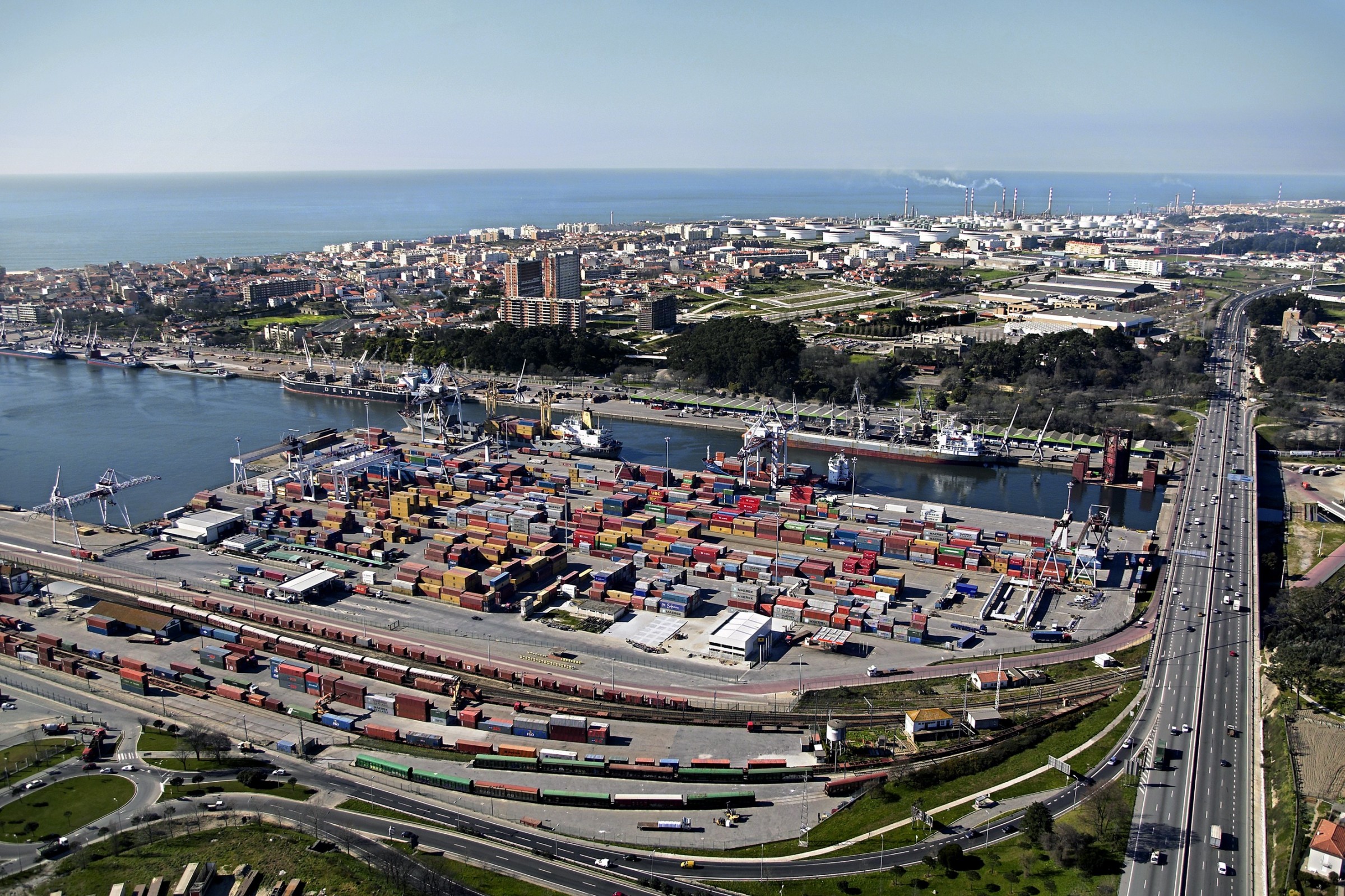
APDL is a long-standing member of ESPO. What is the added value in your opinion of being part of an organisation like ESPO?
ESPO plays a pivotal role in helping APDL, as well as other ports from the Portuguese Ports Association, by facilitating the exchange of best practices within European ports and disseminating pertinent information concerning ongoing matters within EU policy. My colleagues and I regularly engage in ESPO's initiatives, assuming active roles as members across various committees. Our collaboration with ESPO extends to environmental concerns, including the current effort towards attaining PERS certification for our environmental management system. Furthermore, our intention includes supporting ESPO's effective activities in advocating for the interests of European ports within EU institutions.
How did you get into maritime transport? How did your career path lead to this position?
My experience in the maritime-port sector began in 1999 when I started working at the Administration of the Ports of Douro and Leixões, where I stayed 14 years ago, serving as Head of the Construction Division. Between 2013 and 2017, still in the maritime-port sector, I worked at MPDC - Maputo Port Development Company, in Mozambique, where I served as Engineering Director and a member of the company's Executive Board. From 2017 to 2023, I was the executive administrator and executive president of several public companies within the Águas de Portugal Group. In summary, 18 years of experience working in Ports and 6 years in the management of public companies paved the way to my current position.
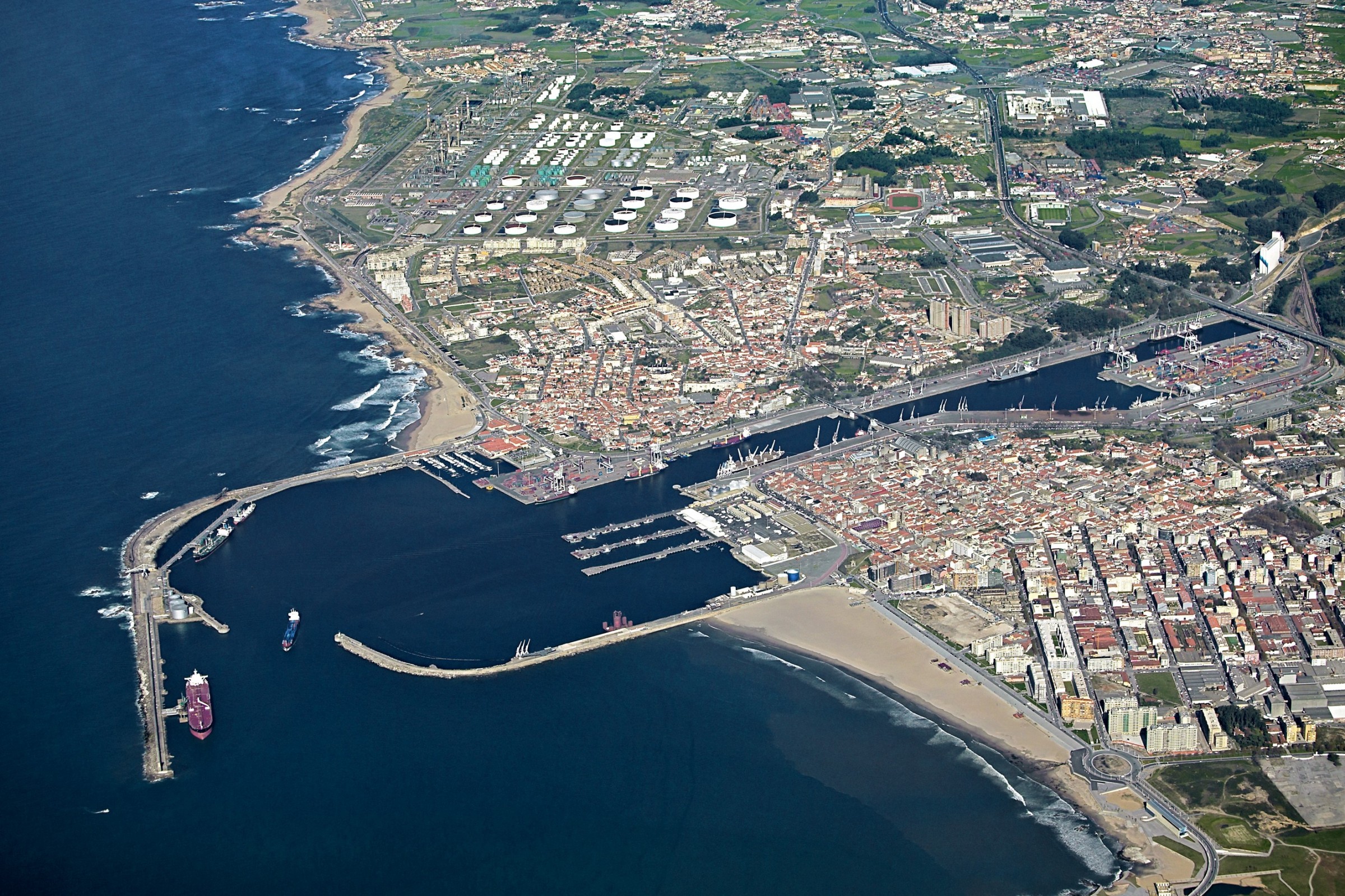
Related documents
No attachments.

